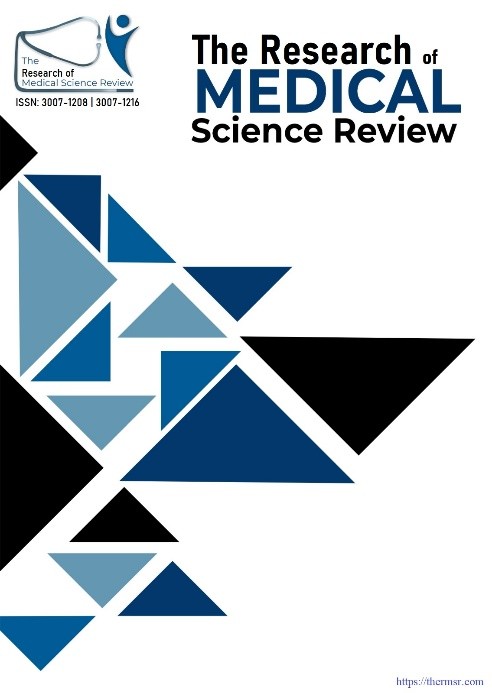ANTIFUNGAL ACTIVITY OF SILVER NANOPARTICLES SYNTHESIZED BY ALOVERA GEL EXTRACT AGAINST RHIZOPUS STOLONIFER
Main Article Content
Abstract
Silver nanoparticles have gained popularity in the world. The aim of this study is formation of AgNPs by aloe Vera gel and to check out the antifungal activity of AgNPs against Rhizopus sp. Aloe Vera is reducing and stabilizing agent that have 75 components which include sugars, minerals, vitamins, saponins, lignin, salicylic, enzymes and amino acids. For the characterization of AgNPs three different techniques were applied firstly Fourier Transform Infrared, secondly UV-Visible spectroscopy and finally X-Ray diffraction. The changing in colour from colourless to reddish brown indicated the formation of AgNPs at room temperature within 48-72hr. UV-Visible absorption spectrum shows maximum peak of AgNPs at 400nm approximately. The functional group and possibility of protein-silver nanoparticle interaction of biosynthetic silver nanoparticles were examined and determined with the help of the FT-IR spectra. FT-IR of AgNPs, Spectra exhibited transmission peaks at 3,270, 3690, 1,592 and 1,471 and 1,805 cm1 because of FT-IR analysis. The X-Ray Diffraction was used to determine the crystallization of AgNPs. SEM shows the size and shape of silver nanoparticles. Scan Electron microscopy shows that at room temperature, the shape of AgNPs is spherical and its size is 2um. AgNPs has antimicrobial effects. AgNPs show maximum results against Rhizopus sp. Rhizopus is saprophytic fungus that grows on plants and parasitic for animals. AgNPs inhabit the growth of Rhizopus.
Downloads
Article Details
Section

This work is licensed under a Creative Commons Attribution-NonCommercial-NoDerivatives 4.0 International License.
